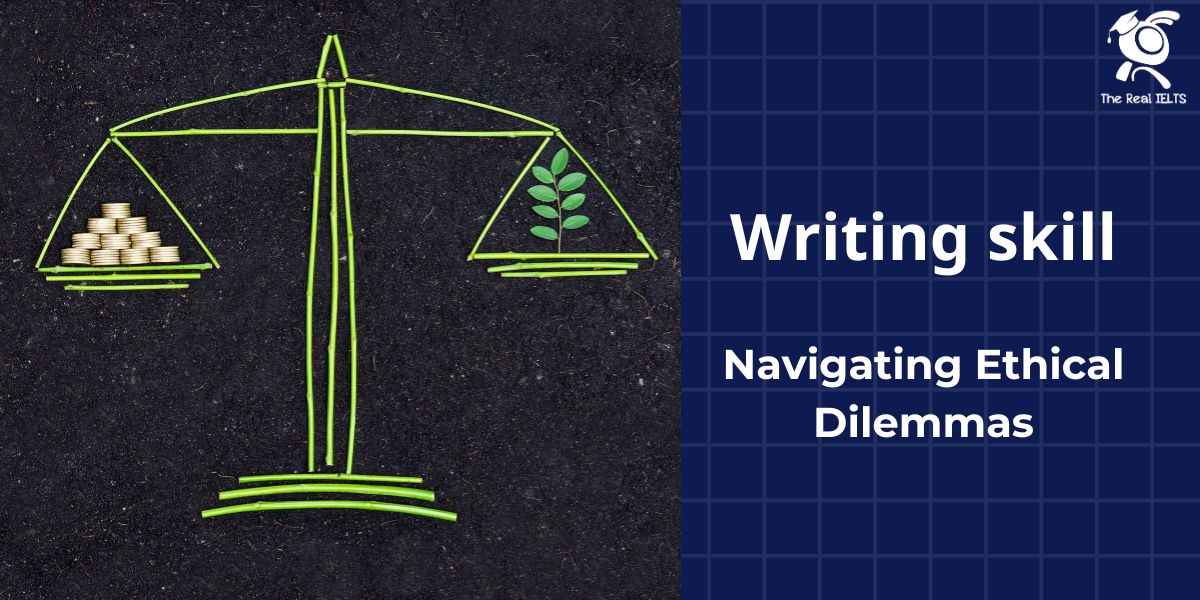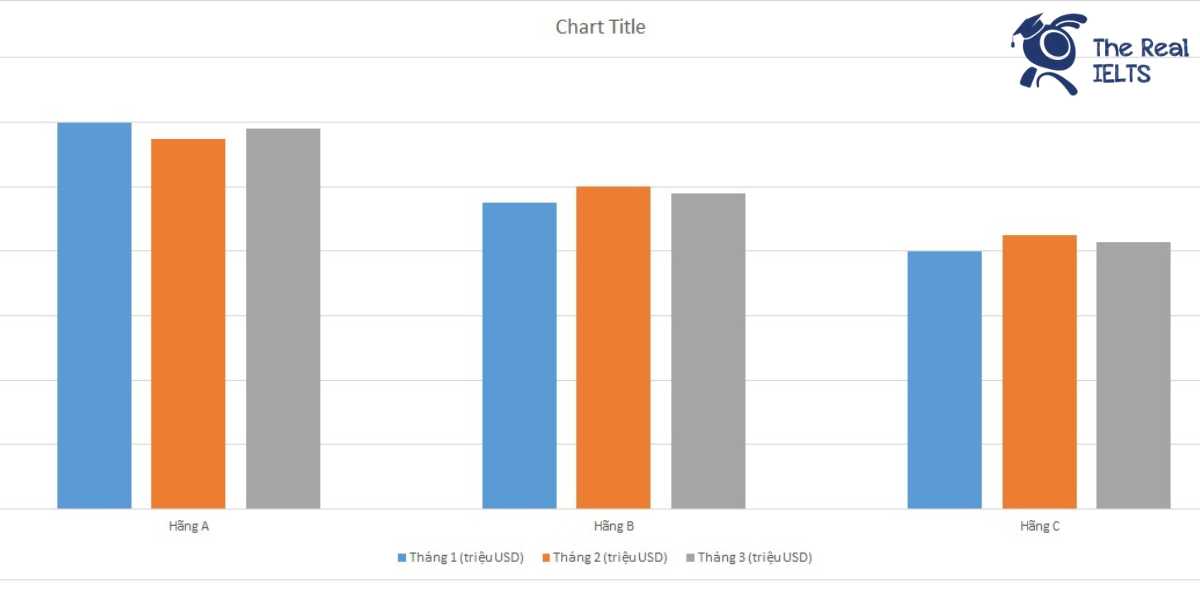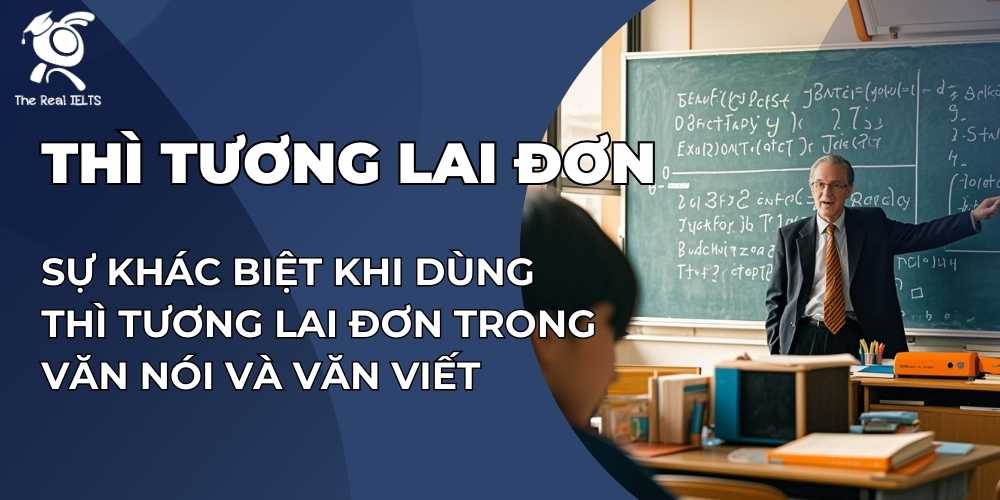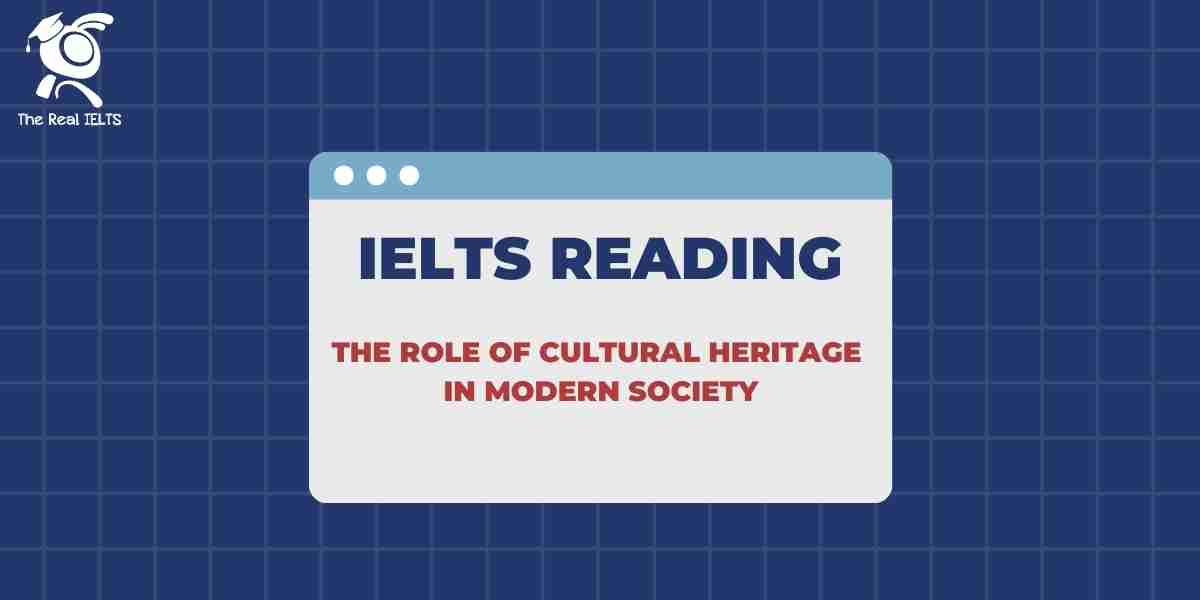Đề thi IELTS Reading có tiêu đề “The Influence of Western Culture on Global Fashion”
Nhớ đọc thêm các bài luyện thi IELTS nhé.
IELTS Reading: “The Influence of Western Culture on Global Fashion“
The Influence of Western Culture on Global Fashion
Western culture has had a profound impact on global fashion, shaping trends, influencing design philosophies, and altering the way people dress across the world. This influence can be traced back to various historical periods, such as the rise of European colonial powers, the spread of American popular culture in the 20th century, and the ongoing process of globalization. The interplay between Western culture and global fashion has been both dynamic and complex, contributing to the creation of a truly global fashion industry that often blurs the lines between tradition and modernity, local and international, and individuality and conformity.
One of the most significant ways in which Western culture has influenced global fashion is through the spread of Western clothing styles. From the 19th century onwards, as European nations established colonies around the world, they brought with them their own styles of dress. This resulted in the adoption of Western clothing by the colonized peoples, either through direct imposition or as a means of aligning themselves with the ruling powers.
For instance, the suit, a quintessentially Western garment, became a symbol of modernity and professionalism in many parts of the world, from Asia to Africa. Over time, Western clothing became associated with notions of progress, sophistication, and social status, leading to its widespread adoption even after the end of colonial rule.
The 20th century saw a further expansion of Western influence on global fashion, driven in large part by the United States. The rise of American cinema, music, and television in the post-World War II era played a crucial role in promoting Western fashion ideals. Hollywood films, for example, not only showcased the latest trends but also created fashion icons whose styles were emulated worldwide.
Marilyn Monroe’s glamorous dresses, James Dean’s rebellious jeans and leather jacket, and Audrey Hepburn’s elegant little black dress are just a few examples of how American popular culture shaped global fashion trends. The casual and relaxed style of American fashion, characterized by items such as denim jeans, T-shirts, and sneakers, also gained popularity, reflecting broader cultural shifts towards informality and individualism.
Another key aspect of Western influence on global fashion is the concept of fashion as a form of self-expression and identity. Western culture, particularly from the 1960s onwards, has emphasized the idea of fashion as a means of expressing one’s individuality and personal taste. This has led to the rise of various subcultures and fashion movements, such as punk, goth, and grunge, each with its own distinct style and ethos. These movements have had a global impact, inspiring local adaptations and reinterpretations in different cultural contexts. For example, Japanese street fashion, known for its eclectic and often avant-garde styles, draws heavily on Western influences while incorporating traditional Japanese elements.
Globalization has further intensified the influence of Western culture on global fashion. The rise of multinational fashion brands, the spread of fast fashion, and the omnipresence of social media have all contributed to the global dissemination of Western fashion trends. Brands like Zara, H&M, and Nike, which originated in the West, have become ubiquitous around the world, offering affordable and trendy clothing that appeals to a wide audience.
Social media platforms such as Instagram and TikTok have also played a significant role in shaping global fashion trends, with influencers from different countries showcasing their styles to a global audience. This has led to a certain homogenization of fashion, where the same trends can be seen in cities as diverse as New York, Tokyo, and Lagos.
However, the influence of Western culture on global fashion has not been without its criticisms. Some argue that it has led to the erosion of traditional clothing and fashion practices, as people in non-Western cultures increasingly adopt Western styles at the expense of their own. This has raised concerns about cultural homogenization and the loss of cultural diversity in fashion. Additionally, the dominance of Western fashion has been linked to issues of cultural appropriation, where elements of non-Western cultures are used in fashion without proper understanding or respect for their cultural significance. This has sparked debates about the ethics of fashion and the need for greater cultural sensitivity in the industry.
Despite these criticisms, it is important to recognize that the relationship between Western culture and global fashion is not one-sided. Non-Western cultures have also influenced Western fashion, leading to a more reciprocal exchange of ideas and styles. For example, the fashion world has long been inspired by traditional clothing from various cultures, such as the Indian sari, the Chinese qipao, and the African kente cloth. Designers from around the world have incorporated these elements into their collections, creating a fusion of styles that reflect the increasingly interconnected nature of the fashion industry.
In conclusion, the influence of Western culture on global fashion is undeniable and has shaped the way people dress around the world. While this influence has led to the global spread of Western styles and the rise of a global fashion industry, it has also raised important questions about cultural identity, diversity, and appropriation. As the world becomes more interconnected, the challenge for the fashion industry will be to strike a balance between embracing global trends and preserving the rich diversity of fashion traditions from different cultures.The future of work is not a one-size-fits-all proposition.
As organizations adapt to new realities, they must consider the unique needs of their employees, the nature of their work, and their long-term goals. While remote work offers unprecedented flexibility and access to global talent, the office remains a critical space for collaboration, culture, and community. The hybrid model, with its blend of remote and in-person work, presents a promising path forward, allowing organizations to create a work environment that is both adaptable and resilient in the face of change. As we move into the future, the key to success will lie in finding the right balance between remote work and office work, ensuring that both employees and employers can thrive.
Đề bài thi IELTS Reading
I. Multiple Choice Questions (15 questions)
- What was one of the main factors that contributed to the spread of Western fashion during colonial times?
- A. The invention of modern sewing machines
- B. European nations establishing colonies
- C. The industrial revolution
- D. The popularity of Western movies
- Which Western garment became a symbol of modernity and professionalism worldwide?
- A. T-shirt
- B. Denim jeans
- C. The suit
- D. Leather jacket
- Which aspect of American culture had a significant impact on global fashion in the 20th century?
- A. American cuisine
- B. American literature
- C. American cinema and television
- D. American political system
- Which fashion item did Audrey Hepburn popularize globally?
- A. Leather jacket
- B. Denim jeans
- C. Little black dress
- D. High heels
- What is a key feature of American fashion that became popular globally?
- A. Formality and elegance
- B. Complexity and intricacy
- C. Casual and relaxed style
- D. Traditional and ceremonial attire
- What cultural shift in Western society has influenced global fashion trends?
- A. A shift towards formality
- B. An emphasis on collective identity
- C. A focus on individuality and self-expression
- D. A return to traditional values
- What is a common criticism of Western influence on global fashion?
- A. It encourages too much cultural diversity
- B. It leads to the erosion of traditional clothing practices
- C. It only affects European countries
- D. It promotes cultural sensitivity
- Which country is mentioned as having a unique street fashion that blends Western and traditional elements?
- A. China
- B. Japan
- C. India
- D. South Korea
- Which of the following brands is NOT mentioned as having a global influence?
- A. Zara
- B. H&M
- C. Nike
- D. Louis Vuitton
- What is the term used to describe the inappropriate use of cultural elements in fashion?
- A. Cultural diversity
- B. Cultural integration
- C. Cultural appropriation
- D. Cultural fusion
- What has social media contributed to in the context of global fashion?
- A. The reduction of Western influence
- B. The creation of entirely local fashion trends
- C. The global dissemination of fashion trends
- D. The decline of traditional fashion brands
- What challenge does the fashion industry face according to the passage?
- A. Reducing production costs
- B. Balancing global trends with cultural diversity
- C. Expanding into new markets
- D. Eliminating fast fashion
- Which of the following statements is true according to the passage?
- A. Western fashion has remained unchanged over time.
- B. Non-Western cultures have no influence on Western fashion.
- C. Western fashion has been influenced by non-Western cultures.
- D. The global fashion industry is only driven by Western trends.
- Which traditional garment is mentioned as having inspired Western designers?
- A. Japanese kimono
- B. Indian sari
- C. Scottish kilt
- D. Mexican poncho
- Which period saw the rise of Western influence on global fashion through cinema and music?
- A. 18th century
- B. Early 19th century
- C. Post-World War II era
- D. Late 20th century
II. True/False/Not Given (10 questions)
- Western clothing was imposed on all colonized peoples through force.
- True
- False
- Not Given
- The suit has become a common form of professional attire in many non-Western countries.
- True
- False
- Not Given
- James Dean’s style had no significant impact on global fashion.
- True
- False
- Not Given
- The passage states that American fashion is characterized by complexity and formality.
- True
- False
- Not Given
- Western culture has led to the complete disappearance of traditional clothing practices globally.
- True
- False
- Not Given
- Social media has played a role in both spreading and challenging Western fashion trends.
- True
- False
- Not Given
- Cultural appropriation is viewed positively in the global fashion industry.
- True
- False
- Not Given
- The passage mentions that some Western designers incorporate non-Western elements into their fashion lines.
- True
- False
- Not Given
- The rise of fast fashion is seen as a positive development in the passage.
- True
- False
- Not Given
- Western fashion trends are completely rejected in Japanese street fashion.
- True
- False
- Not Given
III. Yes/No/Not Given (5 questions)
- The author believes that the global fashion industry is dominated by Western brands.
- Yes
- No
- Not Given
- The passage suggests that the casual style of American fashion undermines traditional values.
- Yes
- No
- Not Given
- The author supports the idea of cultural sensitivity in the fashion industry.
- Yes
- No
- Not Given
- The author believes that Western fashion offers more opportunities for self-expression compared to traditional clothing.
- Yes
- No
- Not Given
- The passage indicates that non-Western cultures are unable to influence Western fashion.
- Yes
- No
- Not Given
IV. Matching Headings (5 questions)
Match the following headings to the appropriate paragraphs.
- The Role of American Media in Global Fashion
- A. Paragraph 1
- B. Paragraph 2
- C. Paragraph 3
- D. Paragraph 4
- Cultural Appropriation and Its Controversies
- A. Paragraph 5
- B. Paragraph 6
- C. Paragraph 7
- D. Paragraph 8
- The Spread of Western Clothing Through Colonization
- A. Paragraph 1
- B. Paragraph 2
- C. Paragraph 3
- D. Paragraph 4
- Challenges Faced by the Global Fashion Industry
- A. Paragraph 7
- B. Paragraph 8
- C. Paragraph 9
- D. Paragraph 10
- The Fusion of Western and Non-Western Fashion
- A. Paragraph 7
- B. Paragraph 8
- C. Paragraph 9
- D. Paragraph 10
V. Sentence Completion (5 questions)
Complete the following sentences with words from the passage.
- Western culture’s impact on global fashion dates back to the _____________ era.
- The concept of fashion as a form of self-expression became prominent in the _____________.
- Western fashion trends are spread globally through _____________ platforms like Instagram and TikTok.
- _____________ has raised concerns about the loss of cultural diversity in fashion.
- The fashion industry is challenged to balance global trends with _____________ from different cultures.
Đáp án bài thi IELTS Reading
I. Multiple Choice Questions
- B. European nations establishing colonies
- C. The suit
- C. American cinema and television
- C. Little black dress
- C. Casual and relaxed style
- C. A focus on individuality and self-expression
- B. It leads to the erosion of traditional clothing practices
- B. Japan
- D. Louis Vuitton
- C. Cultural appropriation
- C. The global dissemination of fashion trends
- B. Balancing global trends with cultural diversity
- C. Western fashion has been influenced by non-Western cultures.
- B. Indian sari
- C. Post-World War II era
II. True/False/Not Given
- False
(The passage mentions that Western clothing was sometimes adopted voluntarily as a means of aligning with ruling powers, not always through force.) - True
(The passage states that the suit became a symbol of modernity and professionalism in many parts of the world.) - False
(The passage highlights James Dean’s style, particularly his jeans and leather jacket, as having a significant global impact.) - False
(The passage describes American fashion as casual and relaxed, not complex and formal.) - False
(The passage mentions erosion but does not state that traditional clothing practices have completely disappeared.) - True
(The passage indicates that social media both spreads Western trends and creates space for diverse global trends.) - False
(The passage mentions cultural appropriation as a concern and part of the criticism of Western influence on global fashion.) - True
(The passage mentions that non-Western elements like the Indian sari and African kente cloth have inspired Western designers.) - Not Given
(The passage discusses the rise of fast fashion but does not provide a direct evaluation of whether it is positive or negative.) - False
(Japanese street fashion is described as blending Western influences with traditional Japanese elements.)
III. Yes/No/Not Given
- Yes
(The passage discusses the dominance of Western brands like Zara, H&M, and Nike.) - Not Given
(The passage does not suggest that the casual style of American fashion undermines traditional values.) - Yes
(The passage emphasizes the need for cultural sensitivity and the avoidance of cultural appropriation.) - Yes
(The passage mentions the Western focus on fashion as a form of self-expression and individuality.) - No
(The passage indicates that non-Western cultures have influenced Western fashion.)
IV. Matching Headings
- C. Paragraph 3
- (The paragraph discusses the impact of American cinema and music on global fashion.)
- D. Paragraph 8
- (The paragraph addresses the controversies surrounding cultural appropriation.)
- A. Paragraph 1
- (The paragraph covers the spread of Western clothing during the colonial era.)
- B. Paragraph 8
- (This paragraph discusses the challenges related to cultural appropriation and diversity in the fashion industry.)
- C. Paragraph 9
- (The paragraph talks about the fusion of Western and non-Western fashion.)
V. Sentence Completion
- colonial
- (Western culture’s impact on global fashion dates back to the colonial era.)
- 1960s
- (The concept of fashion as a form of self-expression became prominent in the 1960s.)
- social media
- (Western fashion trends are spread globally through social media platforms like Instagram and TikTok.)
- Globalization
- (Globalization has raised concerns about the loss of cultural diversity in fashion.)
- preserving the diversity of fashion traditions
- (The fashion industry is challenged to balance global trends with preserving the diversity of fashion traditions from different cultures.)
Luyện tập bài khác ở bài viết:”100 bài luyện IELTS Reading 2024 – 2025“















